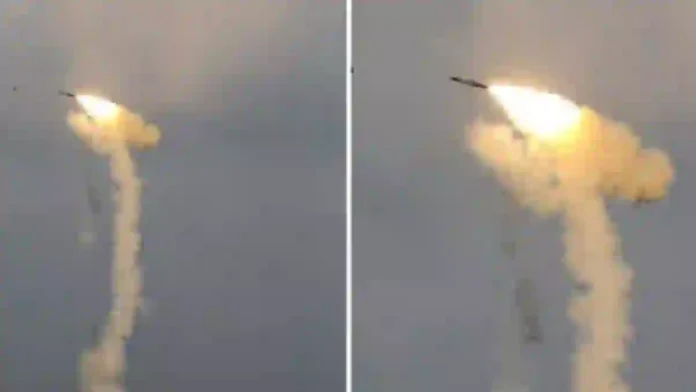In a pivotal meeting on June 26, 2025, Indian Defence Minister Rajnath Singh and Russian Defence Minister Andrey Belousov held comprehensive talks on the sidelines of the Shanghai Cooperation Organisation (SCO) Defence Ministers’ summit in Qingdao, China. The dialogue took place against the backdrop of Operation Sindoor and heightened regional tensions, underscoring India’s urgent need to modernise its military capabilities and secure critical defence supplies.
The ministers addressed a broad spectrum of issues, including the regional security environment, cross-border terrorism, and the deepening of bilateral defence cooperation. Russia reiterated its commitment to India, particularly in the wake of the April 22 terrorist attack in Pahalgam, Jammu & Kashmir, expressing solidarity and condemning the act as “horrendous and cowardly”.
Read- Su-30MKI Modernisation Underscores India’s Assertive Defence Push In Partnership With Russia
S-400 Air Defence System: Delivery Timeline And Strategic Importance
A central focus of the talks was the delayed delivery of the S-400 Triumf air defence systems. Under the $5.43 billion agreement signed in 2018, India was to receive five S-400 squadrons by the end of 2023. However, the Russia-Ukraine conflict disrupted this schedule, with only three squadrons delivered and deployed so far—strategically positioned to counter threats from both Pakistan and China.
During the Qingdao meeting, Russia assured India that the remaining two S-400 squadrons will be delivered by 2027, with the fourth arriving in 2026 and the fifth in 2027. Each S-400 squadron consists of two missile batteries with 128 missiles, capable of intercepting a wide range of aerial threats, including bombers, fighter jets, drones, cruise missiles, and spy planes at ranges between 120 and 380 kilometers. These systems form the backbone of India’s integrated air defence network and are directly linked to the Indian Air Force’s command and control infrastructure.
Recent claims by Pakistan of having destroyed an Indian S-400 battery at Adampur airbase during Operation Sindoor were directly refuted by Prime Minister Narendra Modi, who visited the base and was photographed with the S-400 system, sending a clear message about its operational status and strategic value.
Read- India looking at option of buying more S-400 air defence systems from Russia
Read- TEJAS MK-1A Is Slowly Evolving Into A Regional Game Changer
Su-30MKI Upgrades And Fast-Tracking Critical Hardware
The talks also prioritized the modernization of India’s Su-30MKI fighter jet fleet, the mainstay of the Indian Air Force’s air superiority operations. India is seeking significant upgrades, including advanced radars, electronic warfare systems, and new air-to-air missile integration, to ensure the fleet remains effective against evolving threats. Both sides agreed on the need to expedite these upgrades and accelerate the procurement of other critical military hardware.
Push For Indigenous Air Defence: DRDO’s Project Kusha
While reinforcing the Indo-Russian defence partnership, India is simultaneously advancing its domestic capabilities. The Defence Research and Development Organisation (DRDO) is developing a long-range air defence system under Project Kusha, designed to intercept threats up to 350 km away. The Defence Ministry has approved the procurement of five squadrons of this system, aiming for operational deployment between 2028 and 2029. Project Kusha is seen as a strategic move to reduce reliance on foreign suppliers and enhance India’s defence self-reliance.
This high-level engagement highlighted the enduring strength of India-Russia defence ties, with both nations reaffirming their commitment to timely delivery of critical systems and co-development of advanced military technologies. The meeting also showcased India’s proactive defence diplomacy within the SCO framework and its dual-track approach: securing foreign partnerships while building robust indigenous capabilities to address future security challenges.
Agencies




